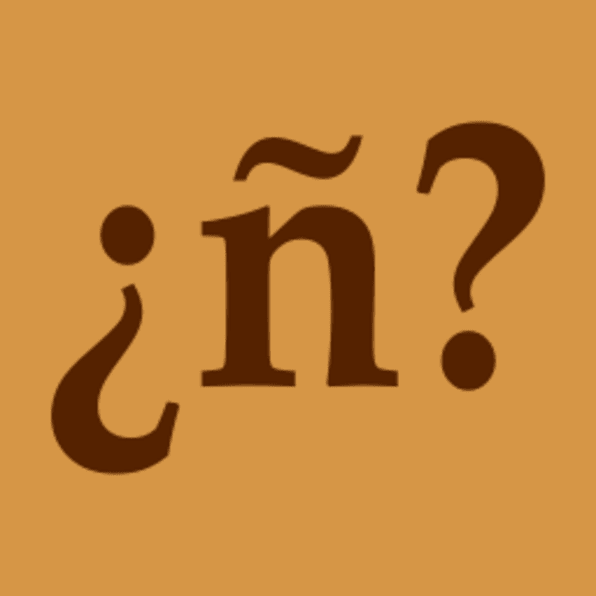The School of Literatures, Cultural Studies and Linguistics at UIC organizes the annual In/Between Conference in an effort to initiate conversations about issues of interest to us as humanists, to share our current research, and to foster a sense of shared intellectual community.
In/Between 2024 is in person! Heading link
All panels will take place in 1501 University Hall unless otherwise noted.
Alumni Keynote
2024 Conference Heading link

Friday, April 5, 2024
4:00-5:00 pm
Alumni Keynote
Bradley Hoot (Depaul University)
Information structure in bilingual Spanish: Translating three decades of research
Abstract:
While bilingual grammars differ systematically from those of monolingual peers, not all areas are affected equally. One linguistic feature that has been claimed to be especially vulnerable to divergence in bilinguals (including L2 and heritage language acquisition) is information structure. Information structure includes constructions in which speakers adapt sentences to the discourse context by manipulating syntax or prosody to mark certain constituents as more (or less) salient, for example by moving a constituent expressing new information to a prominent position like the edge of the sentence (e.g., ¿Quién tosió? Tosió [Juan]F. ‘Who coughed? [Juan]F coughed.’)
Research on information structure in bilingual grammars has expanded substantially in the past three decades, with data from Spanish playing a key role. As the evidence accumulates, it may now be fruitful for the field to pause and take stock of our progress. The goal of this talk is thus to review the current state of research on information structure in bilingual Spanish. I synthesize this growing body of scholarship, with emphasis on quantitative studies of the realization of the information-structural category of focus.
I conclude that the bulk of the evidence suggests focus in Spanish does not in fact present special difficulty for bilinguals, regardless of speaker background, focus type, or methods, although quantitative differences remain and there are limits to the data we have. Where differences are found, prosody may be the area most vulnerable to cross-linguistic influence. I then suggest how to fruitfully translate these research findings into future scholarship and teaching.
Bradley Hoot is associate professor of Spanish in the Department of Modern Languages at DePaul University, where he is the director of the Spanish Program and the Linguistics Program. He received his Ph.D. from UIC in 2012. His research focuses on the intersection of bilingualism, linguistic theory, and quantitative methods, using experimental tasks to elucidate properties of the language faculty as instantiated in bilingual speakers. One major line of that research has concerned bilingual acquisition of information structure—especially information focus—and the nature of cross-linguistic influence.